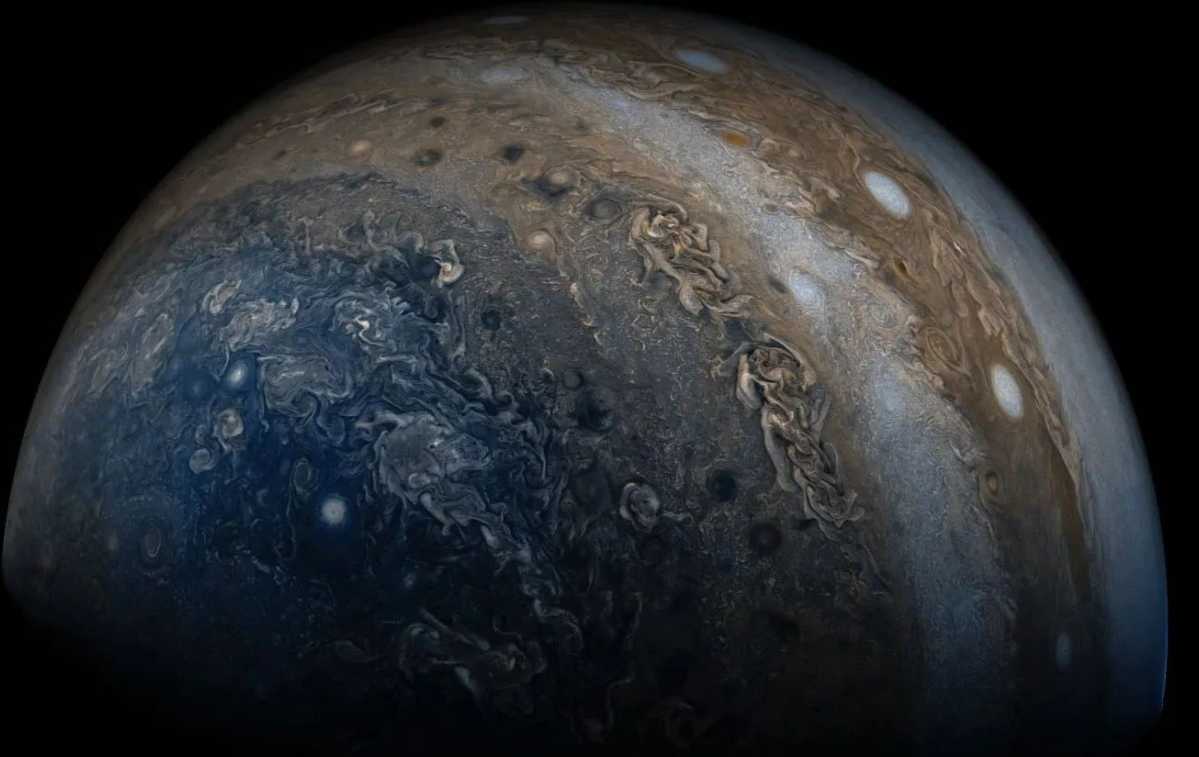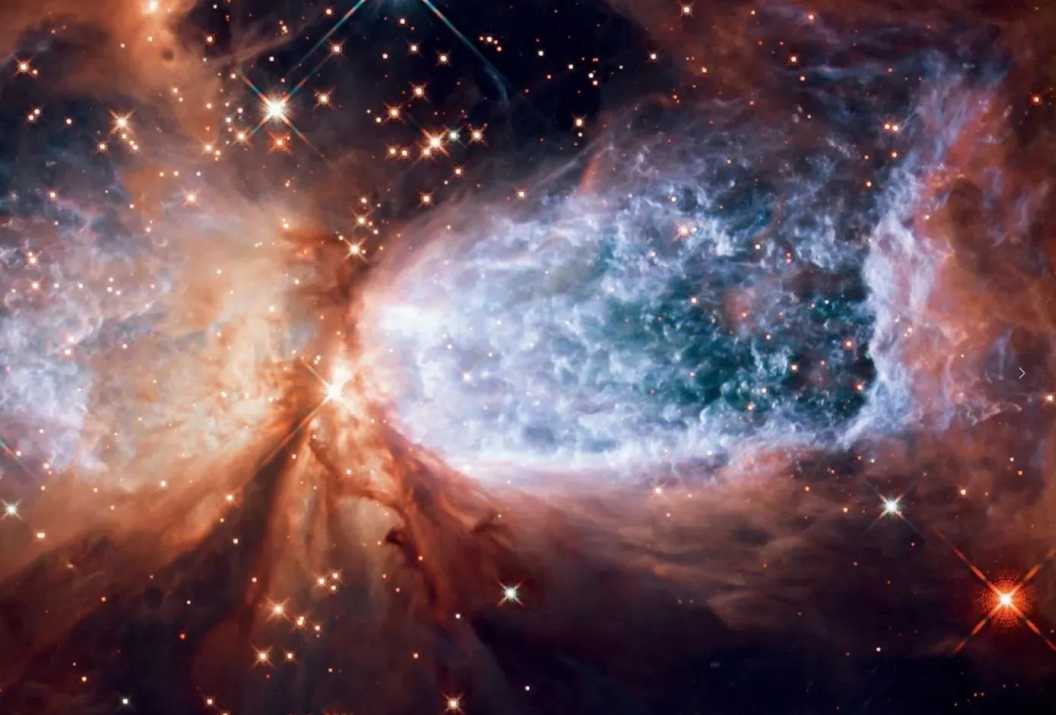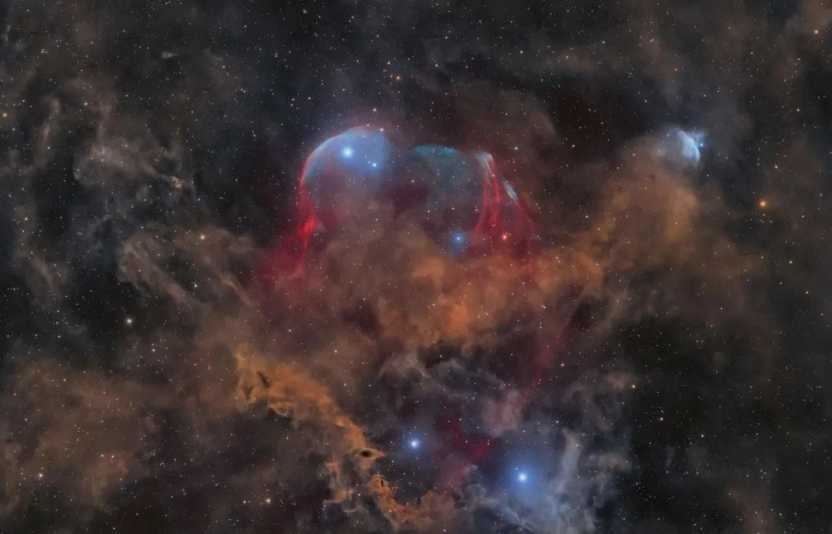The historic Savudrija Lighthouse shines along the northern coast of Istria Peninsula in this masterful night-sky composition. Built in the early 19th century, the beacon has guided Adriatic sailors for centuries, its beam contrasting with the ancient navigational icon above: Polaris, the North Star. In the image, Alpha Ursae Minoris traces the shortest arc around the North Celestial Pole—the cosmic pivot of Earth’s axis—at the center of concentric star trails.
This composite image combines 400 consecutive 30-second exposures from a tripod-mounted camera, digitally stacked to reveal the stars’ circular paths. The lens captures Earth’s rotation, with each trail marking a star’s apparent motion over 33 minutes. The North Celestial Pole’s position—where Earth’s axis points in space—creates the symmetrical star 轨 pattern, a visual testament to celestial mechanics.
"Shooting star trails requires precise alignment with the pole," says astrophotographer Marko Peric. "The lighthouse adds a human element, bridging ancient and modern navigation." The lighthouse’s periodic flash (visible as alternating bright and dim bands) syncs with its 10-second cycle, adding rhythm to the static star trails.
The image juxtaposes two navigational pillars: the lighthouse’s tangible beam and Polaris’ timeless celestial guidance. For millennia, sailors used the North Star to find true north, while the Savudrija Lighthouse—one of Europe’s oldest operational beacons—embodies industrial-era navigation. Today, such photographs blend science and art, illustrating Earth’s place in the cosmos while honoring human ingenuity.
As light pollution threatens night-sky visibility, images like this serve as both aesthetic tributes and scientific records, capturing the rotational dance of stars that has guided humanity since antiquity—all framed by a lighthouse’s enduring glow on the Adriatic coast.




